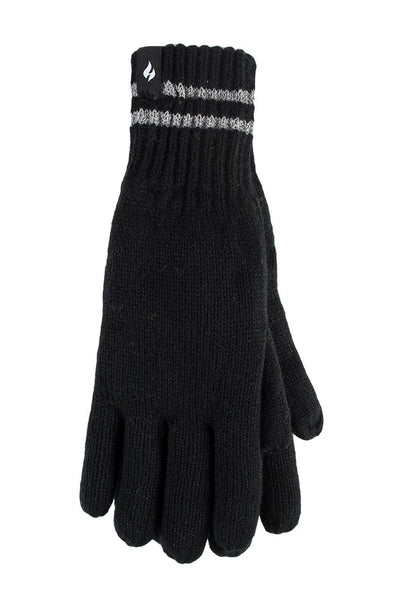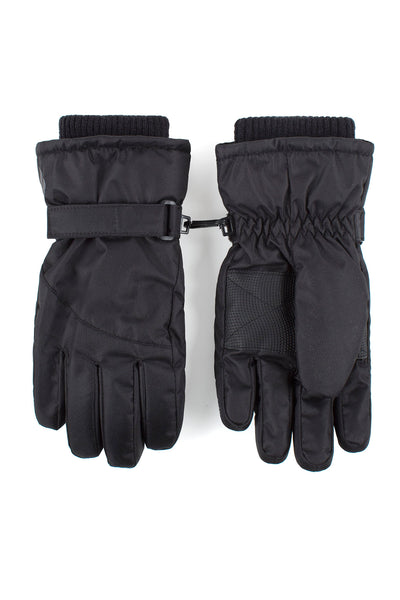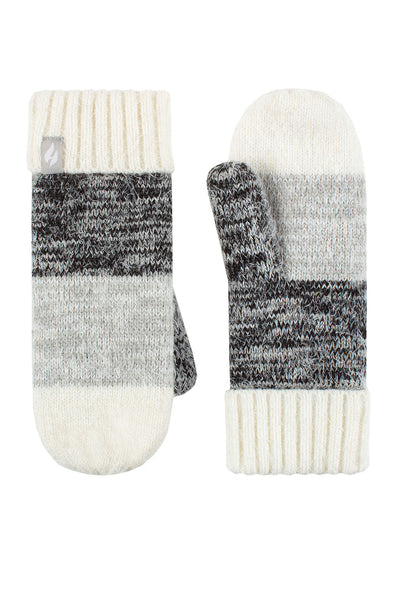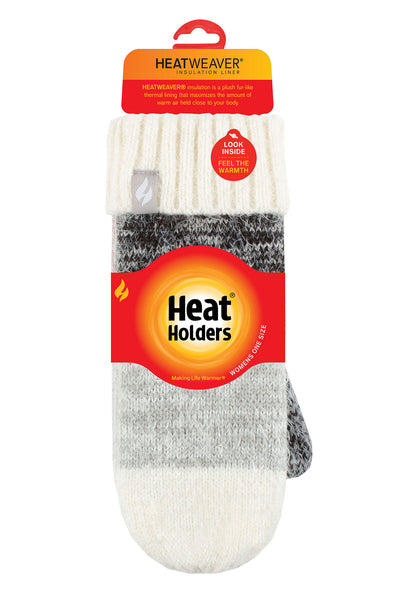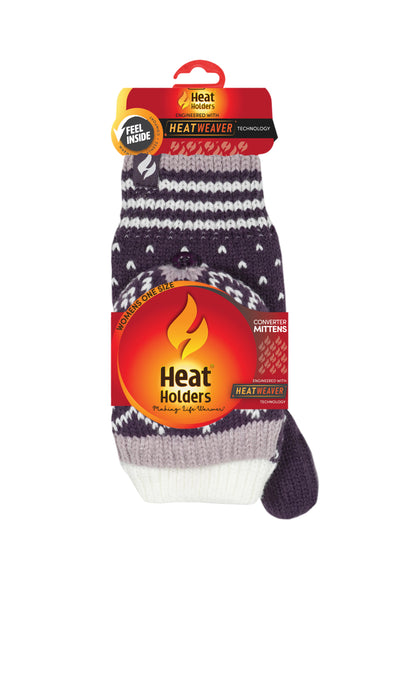Dressing appropriately for cold weather is essential for maintaining both comfort and health. When temperatures hover around 30 degrees Fahrenheit, it becomes imperative to know not just what to wear, but also how to combine clothing items to perform effectively in the cold. This guide will explore key aspects of dressing for such weather, ensuring you stay warm and stylish.
Understanding 30-Degree Weather
30-degree weather presents a unique set of challenges and considerations. It often means that wind chill can make the temperature feel even lower, and there may be a mix of snow or icy conditions. Understanding these factors helps in choosing the right clothing and accessories to keep you comfortable. Additionally, this temperature can affect outdoor activities, making it necessary to plan accordingly. For instance, if you're considering a hike or a day out in the snow, being aware of the forecast and preparing for sudden drops in temperature or unexpected weather changes is crucial.
The Impact of Cold Weather on the Body
The body reacts to cold weather by constricting blood vessels to minimize heat loss. This can lead to numbness in extremities and a decrease in mobility. Overexposure to cold temperatures can ultimately result in serious conditions such as hypothermia and frostbite if not properly addressed. It's essential to recognize the early signs of these conditions, such as shivering, confusion, or a tingling sensation in fingers and toes, as they can escalate quickly if ignored.
In addition, cold weather can exacerbate existing health issues, such as respiratory problems. Dry air can irritate the throat and lungs, making it crucial to protect these areas with appropriate attire. Wearing a scarf or a face mask can help warm the air before it enters your lungs, reducing irritation. Understanding how cold affects your body is the first step to dressing effectively for survival and comfort. Moreover, staying hydrated is equally important, as people often forget to drink water in colder months, which can lead to dehydration and further health complications.
The Importance of Layering
Layering is an essential technique for dressing in cold weather. It involves wearing multiple layers of clothing, allowing for better insulation and heat retention while providing the flexibility to remove layers as needed. The layering system typically consists of three main components: a base layer, a middle layer, and an outer layer. Each layer serves a specific purpose, and together they create a barrier against the elements.
The base layer wicks moisture away from the skin, the middle layer provides insulation, and the outer layer protects against wind and precipitation. This flexible approach not only keeps you warm but also allows you to adapt to changing conditions throughout the day. When selecting your layers, consider materials carefully; for instance, synthetic fabrics or Merino wool are excellent choices for base layers due to their moisture-wicking properties. Additionally, investing in a high-quality outer layer can make a significant difference, as it acts as your first line of defense against harsh weather, ensuring you stay dry and comfortable while enjoying outdoor activities.
Essential Clothing Items for 30-Degree Weather
When it comes to dressing for 30-degree weather, there are specific clothing items that should be included in your wardrobe. Selecting the right pieces that serve the dual purpose of warmth and comfort is vital for staying active during the winter months.
The Role of Thermal Underwear
Thermal underwear acts as the foundation of your layering system. Made from moisture-wicking materials, these garments help keep your skin dry while providing crucial insulation. Look for lightweight options that fit snugly without restriction, enhancing your comfort throughout the day.
Available in various materials, thermal underwear made from Merino wool, synthetic blends, or fleece can offer different levels of warmth based on your activities and personal preferences.
Investing in quality thermal underwear can significantly enhance your cold-weather experience. Additionally, many brands now offer thermal tops and bottoms with added features like flatlock seams to minimize chafing, as well as styles with built-in odor control, ensuring you stay fresh even during long outdoor adventures.
The Importance of a Good Quality Coat
A high-quality coat is a cornerstone of any winter wardrobe. Look for features such as insulation, water resistance, and windproof materials. Brands that specialize in outerwear often incorporate innovative technologies to keep you warm without adding unnecessary bulk.
Types of coats suitable for 30-degree weather include parkas, down jackets, and insulated shells. Each type has its advantages, so consider your lifestyle and whether you need a coat that offers versatility, style, or ruggedness for winter activities. For instance, parkas often come with a longer cut for added coverage and are ideal for urban settings, while down jackets are perfect for outdoor excursions due to their lightweight yet warm properties. Additionally, some coats now feature removable linings or hoods, allowing for customization based on changing weather conditions, making them a practical choice for anyone facing unpredictable winter climates.
Choosing the Right Footwear for Cold Weather
Your feet must be protected from the cold, so selecting the right footwear is crucial. Suitable footwear should be insulated, waterproof, and able to provide traction on icy surfaces to ensure safety and comfort.
The Benefits of Waterproof Boots
Waterproof boots are essential as they prevent moisture from seeping in, keeping your feet dry and warm. This is particularly important if you're walking through snow or slush. Look for boots with features such as sealed seams, waterproof membranes, and good insulation ratings.
Consider styles that offer high ankle coverage, as this can provide additional warmth and protect against snow getting inside. Prioritizing a good fit will also enhance your comfort during extended wear. Additionally, many modern waterproof boots come equipped with breathable materials that allow moisture from sweat to escape, preventing that clammy feeling that can occur during active winter outings. This breathability is crucial for maintaining overall foot health, as it helps to reduce the risk of blisters and fungal infections that can thrive in damp environments.
Wool Socks
When it comes to socks, wool is often the superior choice for cold-weather wear. Wool naturally regulates temperature, wicking moisture while providing superior insulation even when wet. This keeps your toes warm and comfortable.
Opt for a thick, cushioned wool sock when heading out into 30-degree weather to ensure maximum comfort and warmth. Furthermore, consider layering your socks for added insulation; a thin moisture-wicking sock underneath a thicker wool sock can create an effective barrier against the cold. Be mindful, though, that too tight of a fit can restrict circulation, so always prioritize comfort and flexibility in your sock choices. Investing in high-quality socks can make a significant difference in your overall winter experience, as they can help prevent cold feet and enhance your enjoyment of outdoor activities like hiking, skiing, or simply taking a stroll through a winter wonderland.
Accessorizing for Warmth and Style
Accessories play a pivotal role in completing your cold-weather look while adding essential warmth. Hats, scarves, and gloves not only provide comfort but also add a stylish component to your outfit. The right accessories can elevate your winter wardrobe, allowing you to express your personal style while staying cozy.
Hats, Scarves, and Gloves: A Must-Have Trio
Hats are crucial as a significant amount of body heat is lost through the head. Choose a warm knit cap that fits snugly and covers your ears to provide extra insulation. From beanies to berets, the variety of styles available means you can find one that complements your face shape and outfit. Scarves can be used to protect your neck and face from cold air, while also contributing to your overall style. A chunky knit scarf can add texture to a simple coat, while a patterned scarf can introduce a pop of color to a monochromatic look.
Gloves are essential for keeping your hands warm, especially when out in the cold for longer periods. Look for insulated gloves or mittens that allow for easy movement while effectively trapping heat. Touchscreen gloves are also a fantastic option, enabling you to use your devices without exposing your hands to the chill. Consider layering your gloves with wrist warmers for added protection against the biting cold, ensuring your hands stay toasty even during the most frigid outings.
Sunglasses and Sunscreen: Not Just for Summer
It may seem surprising, but sunglasses and sunscreen are important accessories in winter as well. On clear days, sun reflecting off snow can be intense, leading to snow blindness. Opt for high UV protection sunglasses to shield your eyes from harmful rays. Polarized lenses can reduce glare, making them ideal for outdoor activities like skiing or snowboarding, where visibility is crucial. Additionally, stylish sunglasses can serve as a chic accessory that enhances your winter ensemble.
Sunscreen should not be overlooked, particularly on exposed skin. Applying a protective layer helps prevent windburn and highlights the importance of skincare, no matter the season. Look for a broad-spectrum sunscreen with at least SPF 30, and consider using a lip balm with SPF to protect your lips from drying out. The cold weather can be deceptive, leading many to underestimate the sun's strength; thus, keeping your skin protected is essential for maintaining its health and glow throughout the winter months.
Dressing for Different Activities in 30-Degree Weather
Your choice of clothing can vary depending on the activities you plan to engage in while outdoors. Different situations require different approaches to ensure comfort and protection from the cold.
What to Wear for Winter Sports
If you're planning to ski, snowboard, or engage in other winter sports, specialized clothing like waterproof pants and jackets, moisture-wicking base layers, and thick insulated gloves are vital. Look for gear specifically designed for the sport, as these items often have additional features such as ventilation, reinforced areas, and built-in padding.
Always remember to keep mobility in mind to enjoy your activities without feeling restricted by your clothing. Properly fitted gear can increase your performance and overall enjoyment in winter sports.
Dressing for Everyday Activities in Cold Weather
For everyday activities like running errands or simply taking a walk, comfort and warmth should still guide clothing choices. A combination of insulated jackets, layered tops, and casual pants can offer flexibility and convenience.
Always accessorize, even for short trips outside. A warm hat and scarf can make a significant difference, and practical, waterproof footwear is just as important to ensure you stay warm and stable on icy sidewalks.
Heat Holders® to Keep You Warm
Whatever winter wants to throw at you, Fight the Cold® with Heat Holders®. Check out Heat Holders® Base Layers, Jackets and Vests, Accessories, and (of course) our warm Thermal Socks for everything you need to brave those cold winters! Happy shopping!




